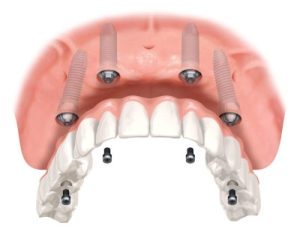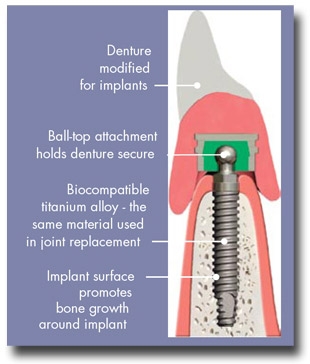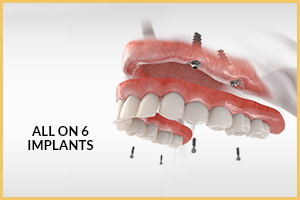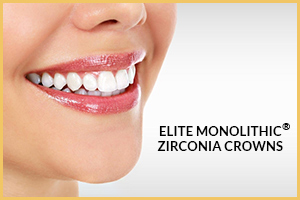Understanding Overdentures and Implant-Supported Dentures
Overdentures and implant-supported dentures are advanced dental solutions that offer improved stability and functionality compared to traditional dentures. These options are particularly beneficial for individuals who have lost all their natural teeth in the jaw and have sufficient bone height to support dental implants.
Overdentures vs. Traditional Dentures
Traditional Dentures: Traditional dentures are removable dental appliances that sit directly on the gums. They do not rely on dental implants for support. While they provide a cosmetic solution for missing teeth, they may lack the stability and comfort that implant-supported options offer.
Overdentures: Overdentures are designed to be supported by and attached to dental implants. This secure anchoring system reduces the risk of denture movement, ensuring a stable fit during daily activities like eating and speaking. Overdentures are an ideal choice when there are no remaining natural teeth in the jaw and sufficient bone height to accommodate implants.
How Implant-Supported Dentures Work
Implant-supported dentures feature special attachments that connect to corresponding attachments on the dental implants. This connection creates a secure and stable fit, preventing the denture from shifting or becoming loose.
Attachments: The dental implants in the jawbone typically have metal attachments, often ball-shaped, which securely fit into matching sockets on the denture. This attachment system ensures a snug and reliable fit.
Choosing Between New Dentures and Modification
In some cases, existing dentures may be modified to function as overdentures. However, it's essential to assess the condition of the existing denture and its compatibility with implant attachments. In many instances, it's recommended to create a new denture specifically tailored for implant support.
This approach guarantees that the denture is optimally designed to work seamlessly with the dental implants, offering the best possible fit, comfort, and functionality.






